THAT’S NOT A FISH, IT’S A SEABIRD!
By Emma Taylor, Fisheries New Zealand’s Director Fisheries Management
If you’re fishing from a boat, you’re likely to grab the attention of a hungry seabird or two. As nature’s fish finders they’re a good indicator of what’s below the surface, so they can be your best friend. But if they get too close and end up on your line, do you know what to do?
With around 145 seabird species, including many albatrosses and petrels, calling New Zealand’s waters home, we have one of the most diverse seabird communities in the world, and we want to make sure it stays that way.
While there are many threats to seabirds, the key threats are being accidentally caught in fisheries, invasive predators, disease, pollution, and an ever-changing climate.
As a fisher, you have an important role in keeping seabirds safe when you’re out fishing. The best way is to take every step possible to avoid them. But if you do accidentally catch a seabird, what you do next can make a huge difference.
It’s important that you keep an eye on any seabirds that are hanging around your boat. Our feathered friends have excellent eyesight and sense of smell so they’ll certainly figure out where you are and will be keen to swoop in for an effortless feed off your line. Unfortunately, this puts them at risk and could ruin a perfectly good fishing trip.
What should you do if you accidentally catch a seabird?
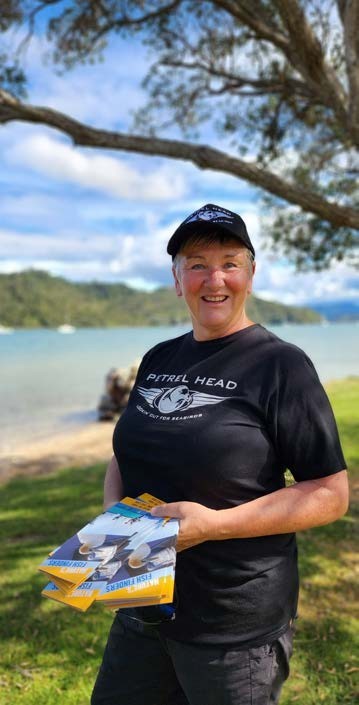
The most important thing is to handle them very carefully. It’s much like handling an undersized fish – the way you treat a hooked seabird will make a big difference to its survival:
• Gently capture the bird in a landing net and get it onto your boat.
• Wrap it in a towel and hold its feet firmly.
• Hold its beak but take care not to cover the nostrils.
• Cut the line from the hook, and use small pliers to flatten the hook or cut it with bolt cutters, then pull the hook out.
• If the hook is swallowed, cut the line so there’s nothing left to get tangled on anything.
• Release the bird at water level.
Over the next few months, Ann Ward from Southern Seabirds Trust will be out and about in the Whitianga area talking to fishers about safe handling of seabirds. If you see Ann over the summer, stop by to say gidday – she’ll have some pamphlets and other material on hand about seabird safety for fishers. Ann’s also keen to hear about your experiences with seabirds when you’ve been out fishing.
At Fisheries New Zealand, we’re proud to be supporting this important work – which you can find out more about on the Southern Seabird Trust’s website: www.catchfishnotbirds.nz Ann Ward, spreading the word about seabird safety this summer for Southern Seabirds Trust.
How can you avoid seabirds altogether?
We know that fishers don’t go out to catch seabirds, so here are a few pointers to help you actively avoid them:
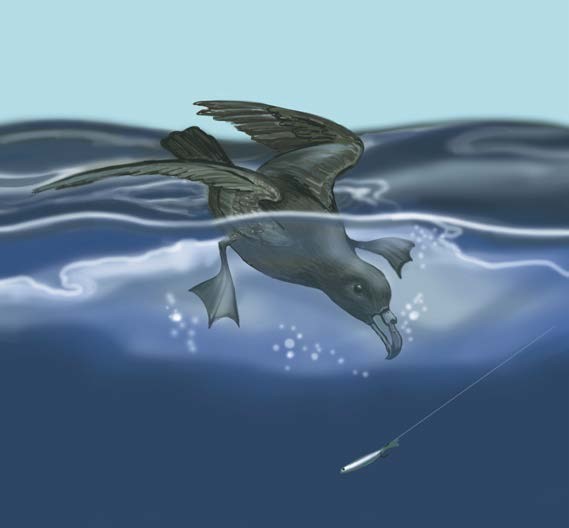
Petrels and shearwaters follow boats and attack baits above and under the water. Sink bait fast and berley deep. A teaspoon of used cooking oil on the water can help keep them away so you can keep fishing.
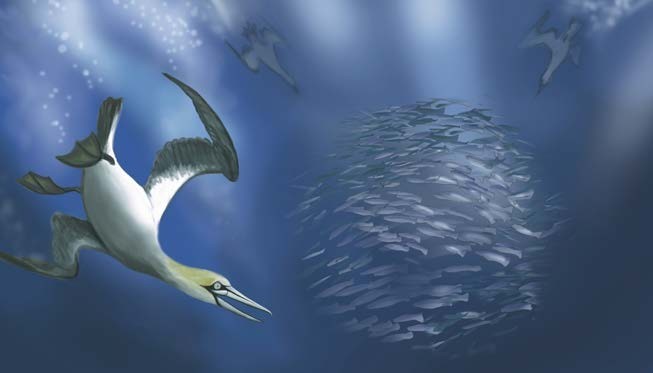
Shags are attracted to small fish and livebait. Using larger livebaits will deter them. You may want to move on if you’re catching small fish anyway.
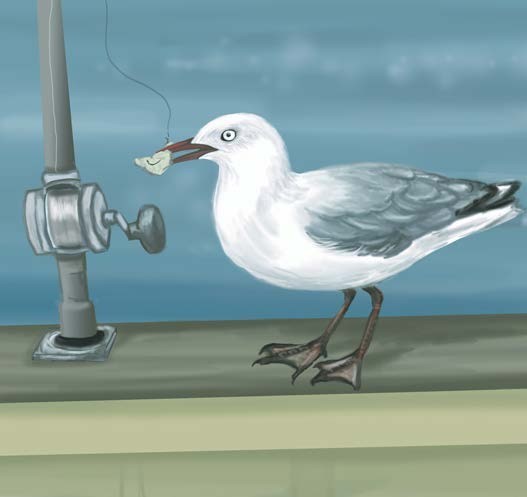
Seagulls are attracted to used or fresh bait. Cover your bait, and don’t leave unattended baited rods in the rod holders.
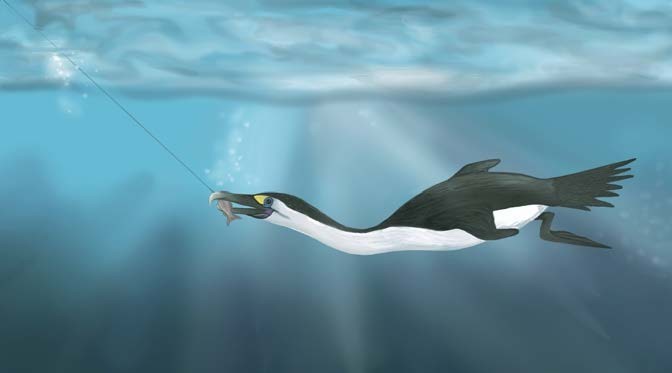
Diving birds like gannets and terns work boil-ups (a school of fish). Fishing around the sides and rear of the boilup minimises the chance of entangling them.
So, when you’re out fishing, remember to take steps to effectively avoid catching seabirds and keep track of all your fishing gear to ensure nothing is left behind. Anything you leave could harm seabirds or other marine life.
Most New Zealand seabirds are protected by law and it’s an offence to deliberately harm them. It’s not illegal to accidentally capture a protected seabird, but if you do you must report it to the Department of Conservation (0800 DOC HOT – 0800 362 468).